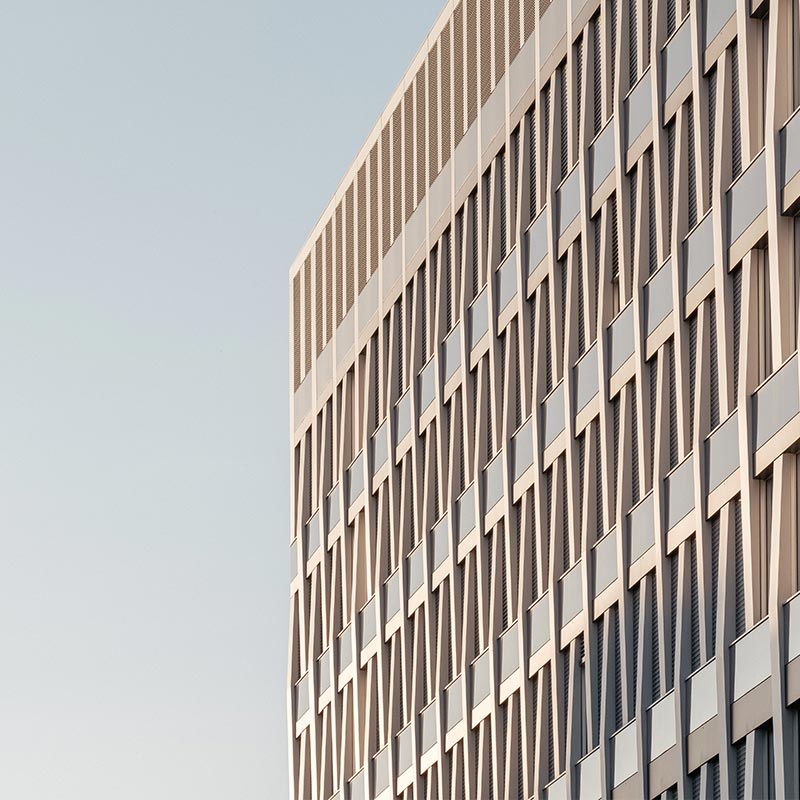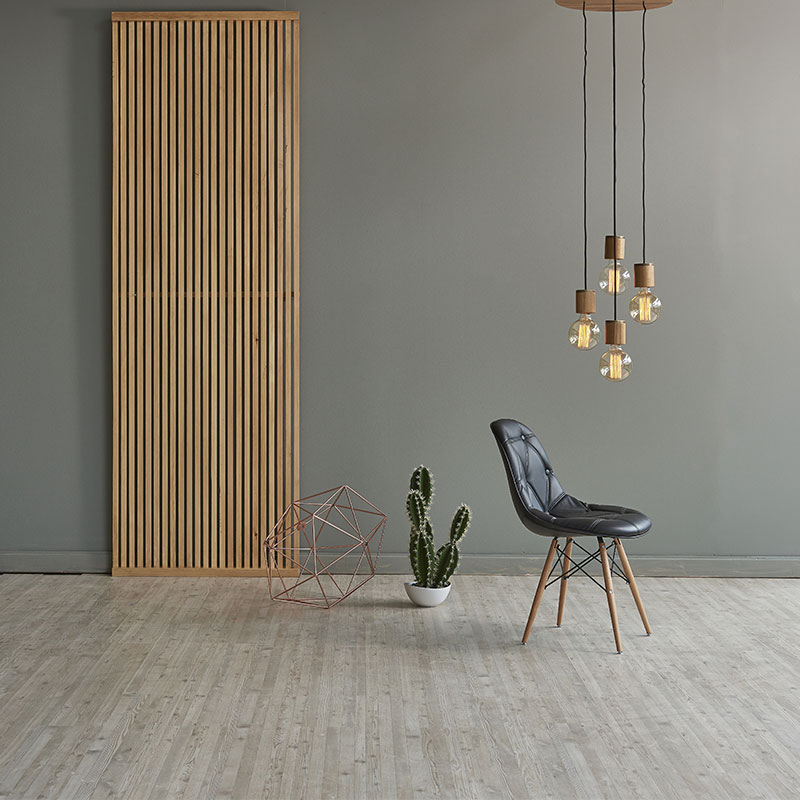Built by the Mamluk ruler Ezzedine Aybak Al-Moussli in 1294 AD (buried in a nearby mausoleum), on the ruins of a building from the Crusader period. His geometric designs are in line with the Tailors’ Khan’s designs next door, suggesting they form one project. The Hammam was not subject to any worth mentioning architectural modifications during the Mamluk or Ottoman period, except for casing the floor with Italian Carrara marble and the introduction of a new entrance at the Copper market (Nahhassine) periphery at the end of the 19th century. Above the Hammam’s entrance there is a Crusader text between the sarcophagi of St. Jacob and a figurine featuring the Passover lamb on the entrance threshold. We also notice Roman-style stones inside which the Mamluks reused when building the Hammam.
Like all Mamluk baths, Ezzeddin Hammam consists of a large hall topped by a large dome. In the middle lies a water basin and terraces all around the sides that bathers use to put their clothes underneath in beautifully designed stone slabs. An outer lobby prepares bathers before stepping into the following atrium, where bathing takes place in the side rooms. A third lobby follows for bathing in high temperatures surrounded as well by side rooms with an octagonal ribs slab in the middle for massages.
As in all Mamluk Hammams, the domes of the hallways and the rooms are interspersed with small circular openings covered with thick glass that allow sufficient light to illuminate the spacious quarters rather than windows that are impossible to open in Hammams. Water heating was done by lighting firewood in a special area with pipes stretching to all rooms conveying hot steam through the walls and the ground in a heating technique similar to the current heating systems.











